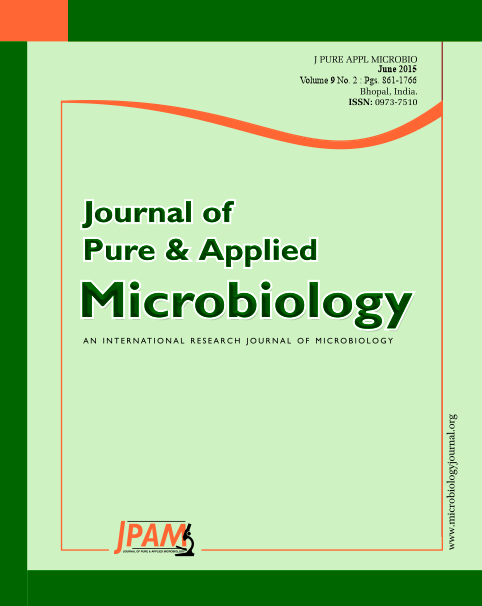Histopathological examination was conducted on the chorioallantoic membrane (CAM) of the embryonic chicken eggs (ECE) infected with a field isolate of the fowl pox virus (FPV). In infected CAM, the ectodermic cells appeared swollen and contour of the cells appeared rounded. Some of the cells revealed large vacuole while, other showed increased granularity of the cytoplasm and blood vessels appeared dilated at 6th passage. Ectoderm layer revealed hydropic degeneration with eccentric deposition of nucleus and formation of acidophilic intracytoplasmic inclusion bodies. At 10th passage mesoderm appeared intensively edematous with heavy infiltration of hetrophils and erythrocytes. Presence of FPV antigen could be easily detected in tissue sections. The antigen was mostly localized in the perinuclear area in the cytoplasm of the infected cells and the area showing intracytoplasmic inclusions were easily appreciable.To confirm the replication of virus in the CAM and cell culture, the 10% (w/v) suspensions of infected CAM and cell culture supernatants were subjected to Enzyme linked immune sorbent assay (ELISA) for detection of FPV antigen using antigen capture ELISA. The comparison of ELISA titers indicates that virus yield was better on CAM as compared to BGM-70 cells.
Fowlpox virus (FPV), Chorioallantoic membrane (CAM), Pock lesions, Acidophilic intracytoplasmic inclusion bodies, BGM-70 cells
© The Author(s) 2015. Open Access. This article is distributed under the terms of the Creative Commons Attribution 4.0 International License which permits unrestricted use, sharing, distribution, and reproduction in any medium, provided you give appropriate credit to the original author(s) and the source, provide a link to the Creative Commons license, and indicate if changes were made.


